- info@naturebylennart.com

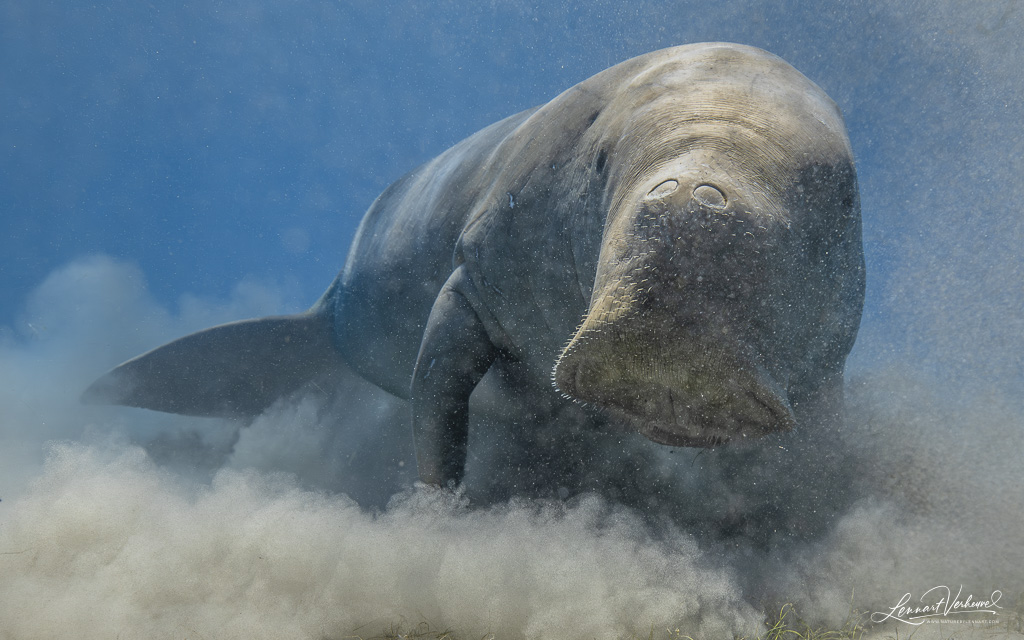
The Dugong is a very special animal to see. From the front, it has a sort of vacuum-cleaner-like snout, while from the back, it sports a dolphin-like tail. Its front limbs have evolved into flippers. The Dugong has adapted to the “sea cow model” and belongs to the Sirenia order, which also includes manatees. These animals are thought to once have been mistaken for attractive mermaids by desperate sailors whose perception of female beauty was somewhat impaired by their long sea voyages. In Mexico, I already saw a West Indian Manatee. However, the Dugong was entirely new to me.
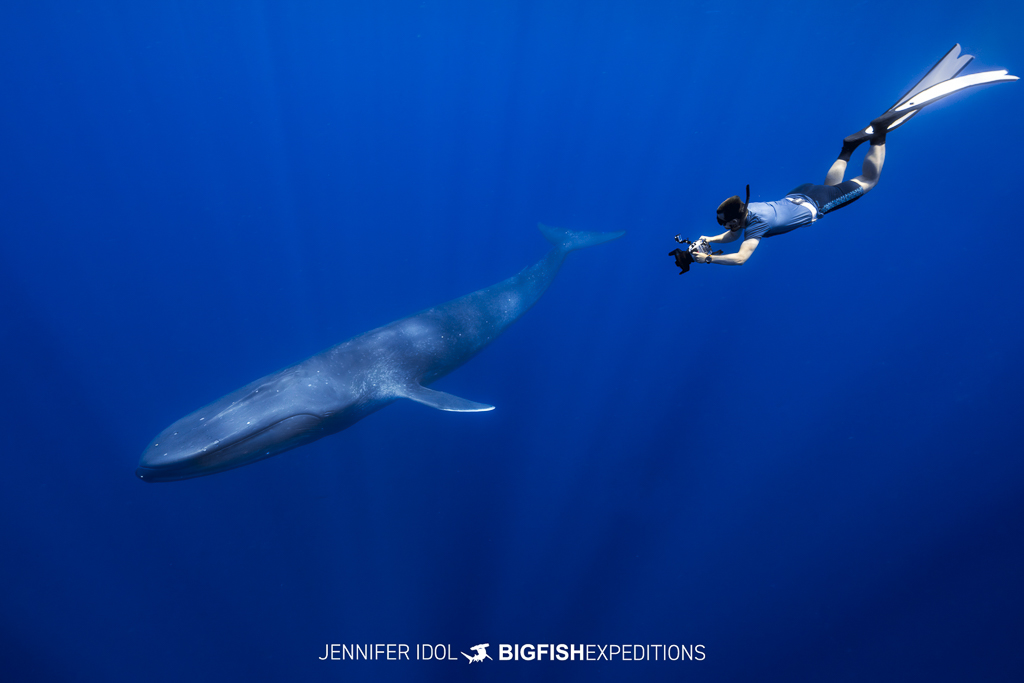
Experiencing certain natural phenomena can be an experience like nothing else. Witnessing a solar eclipse, for instance, that happened to me in Chile. I still remember it well and it was one of the most special things I have ever seen. Watching an erupting volcano or a roaring tornado also strikes me as one of those unique experiences. Encounters with animals in the wild can evoke a similar feeling. There is a difference between simply seeing an animal and truly experiencing an animal.
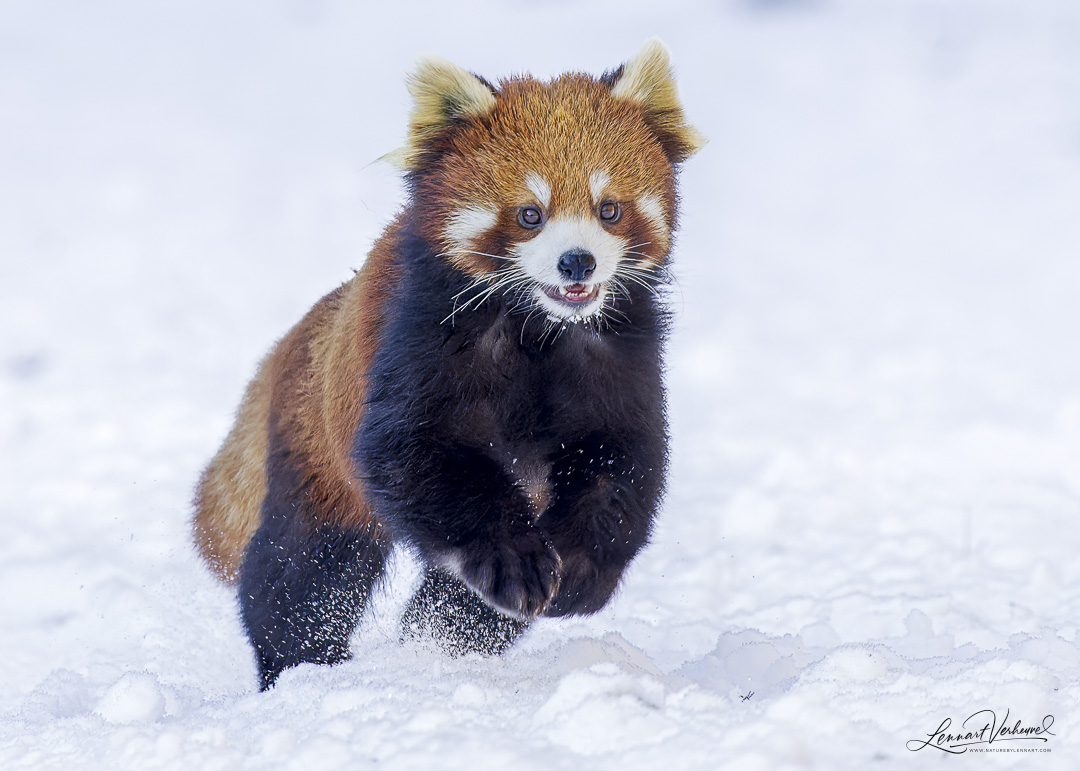
Giant Panda is of course the iconic animal of China. However, the country is also known for another panda: the Red Panda or little panda. This animal actually isn’t even genetically close to the Giant Panda. They are both carnivores and that’s about it. Actually, this animal is genetically distinct not only from the Giant Panda, but also from just about every other animal on the planet. As one of the few animals, the Red Panda single-handedly represents both a genus and a family. That family falls under the superfamily Musteloidea, which also includes raccoons, skunks and weasels. Besides being genetically special, it is also a very attractive animal to look at. So I really wanted to see this one!
Of the several thousand mammal species in the world, the vast majority are not known to the general public. Mention an obscure rodent or bat species and most people don’t have the faintest idea of what you are talking about. The larger mammals are usually more in the picture, but also in that category there are plenty of examples of animals that are not so well known. Often when I am going to look for a special cat, I have to explain more than once which cat it is exactly and where it can be found. This is not so much the case for species such as Tiger, but a species like Rusty-spotted Cat doesn’t ring so many bells. The species I went to look for during Christmas and New Year 2023/2024 I didn’t have to introduce to anyone.
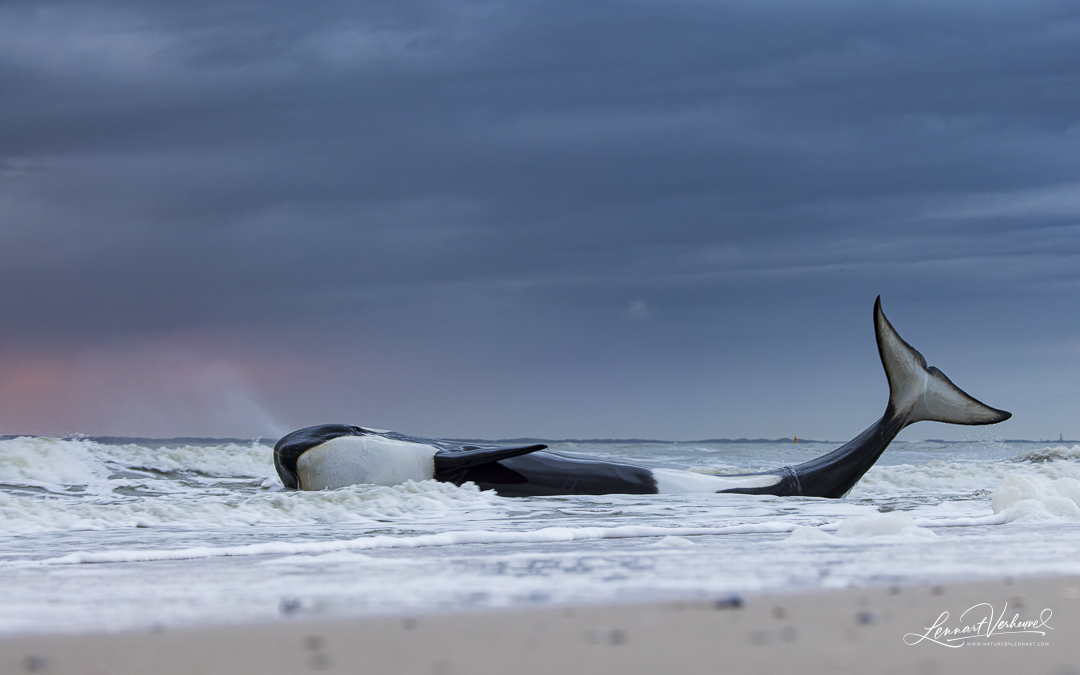
Last week I was awarded at the Wildlife Photographer of the Year competition. For me this competition has always been like the Oscars of nature photography. This competition, organized by the Natural History Museum in London, is the oldest and most prestigious competition within this kind of photography. For many nature photographers it is a dream to be successful here. At least that was the case for me. I thought it would be could to tell the story behind the photo in more detail on my own website. So here goes!
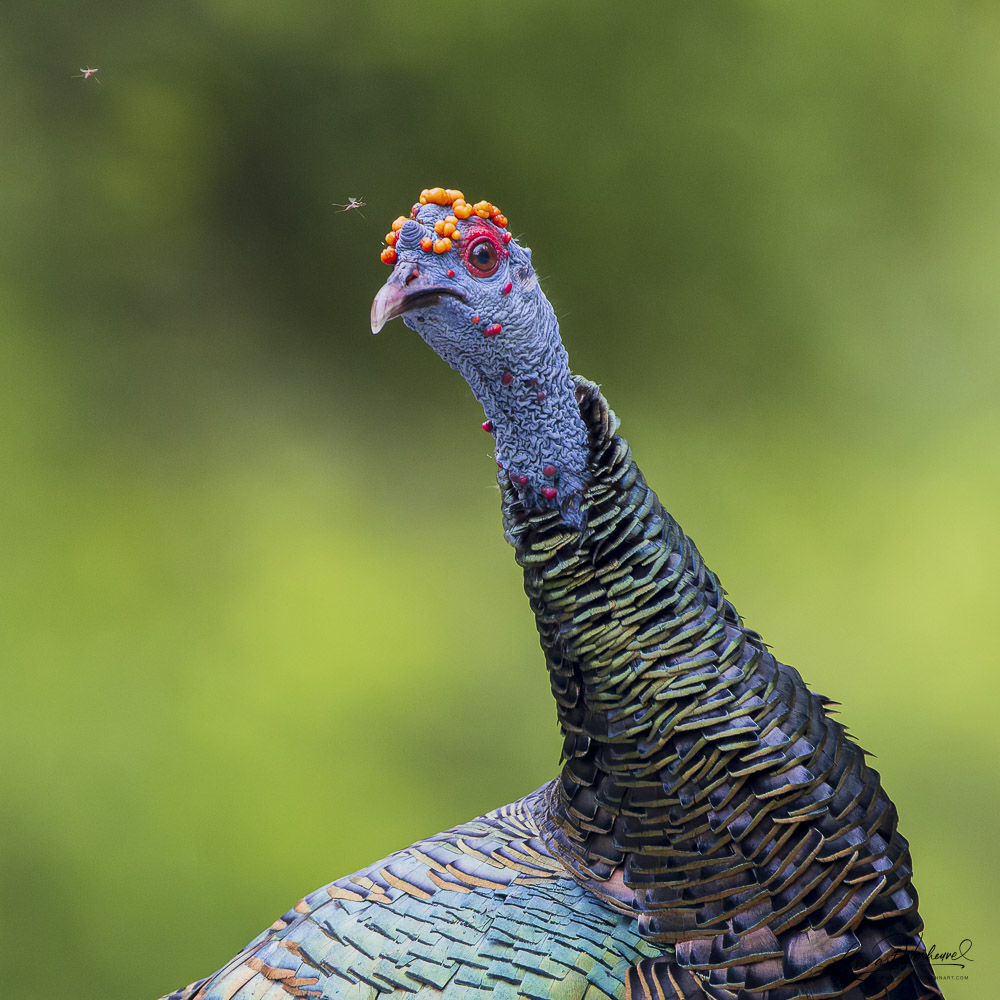
In June 2022, I unexpectedly found myself in Mexico, on the Yucatán Peninsula. Due to a job change, I suddenly had two weeks off and I wanted to spend them abroad. It was the perfect time of year to see Whale sharks in Mexico, so that became the goal of my trip. Eventually, I succeeded on the very last day. However, Yucatán has much more to offer, so I also wanted to explore the jungle!
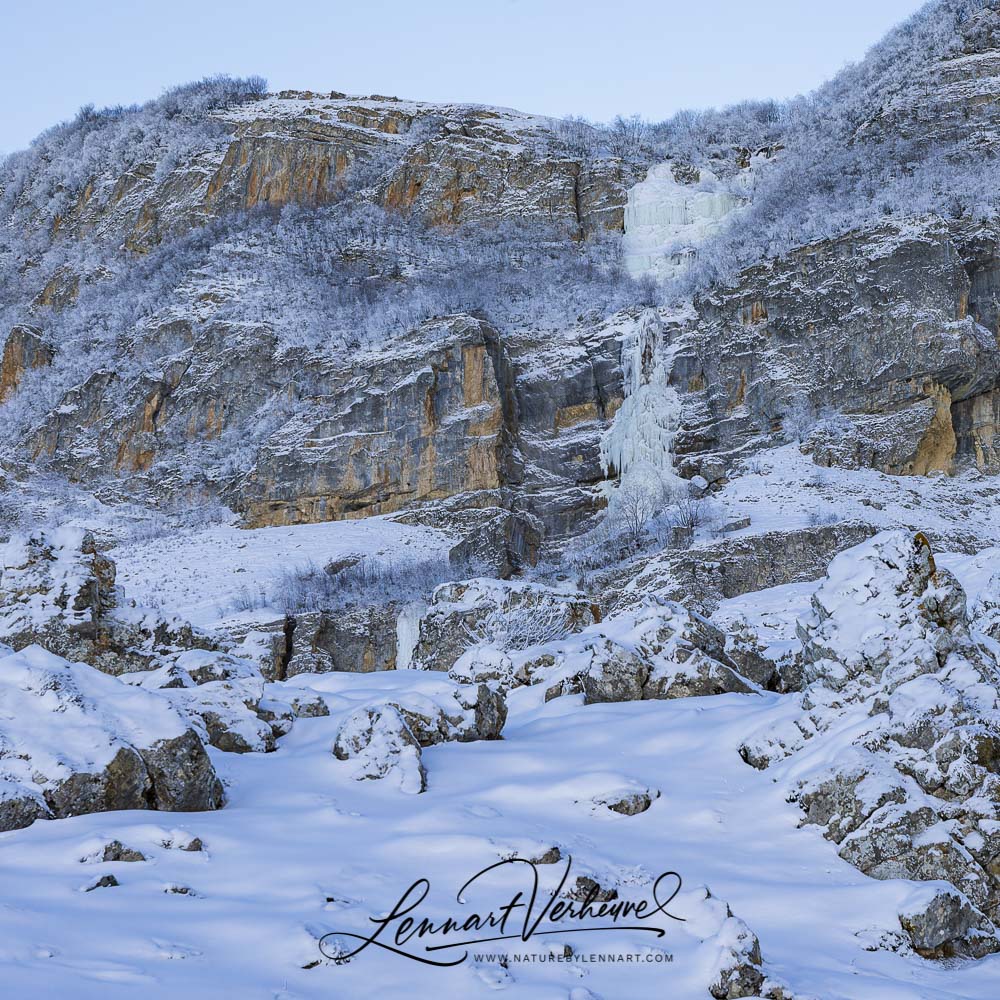
We have arrived in the Caucasus! The plan was to see the Siberian Crane Omid on migration during the first week of our time in Azerbaijan, but Omid decided otherwise and stayed in Iran, for the time being, in its wintering area. Before our stay in Azerbaijan would end we had planned a few more days of birdwatching in the Caucasian mountains and so we decided to go do that. The plan is to immediately return to southern Azerbaijan if Omid does fly. So we are now in the Caucasus! Along the way we already enjoyed beautifully colored rock formations, but in the higher areas there is mostly a lot of snow.
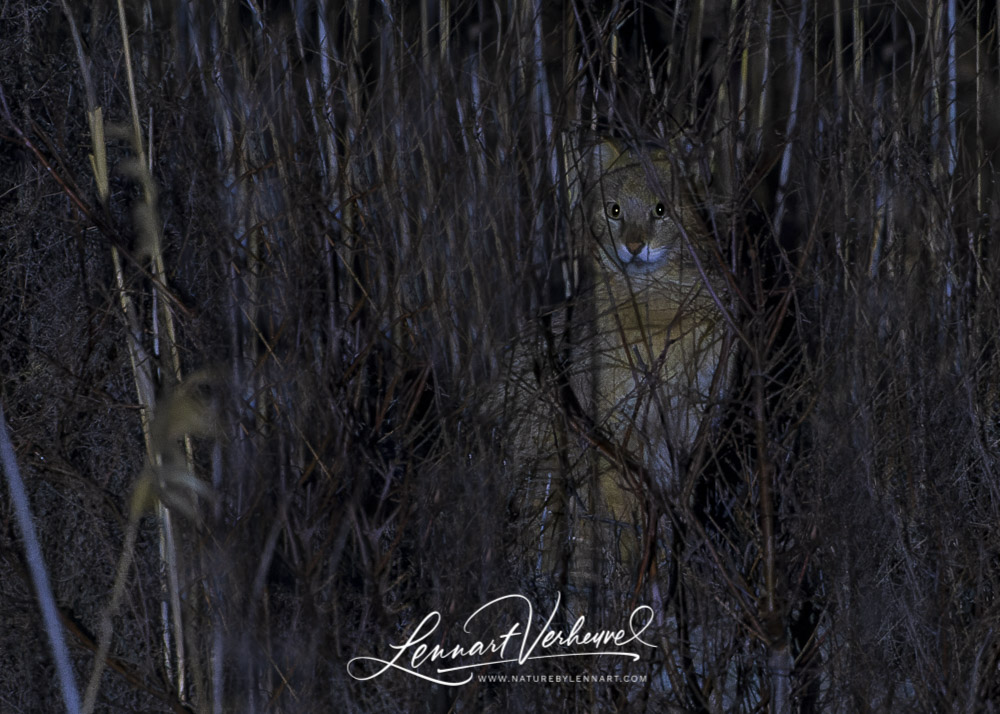
In the spring of 2022 I suddenly find myself in Azerbaijan. The reason for this is this time not a special cat, but a special bird! The Siberian Crane is an endangered bird of which only a few thousand remain in the wild. In the eastern part of Asia that is. As far as we know, there is only one left in the western part of Asia and of course this bird has been given a name by now: Omid. That name was given to him in Iran, where it has been wintering in the same rice field for years. Equally dutifully, the bird takes off every year to fly back to Russia to its breeding grounds, only to fly back again in the autumn without any breeding succes. There won’t be a partner for Omid. Among bird watchers, there is an avid group that likes to see as many bird species as possible within the Western Palearctic (WP) ecozone. The chances of seeing a wild Siberian Crane within this area after Omid are virtually nil. However, Iran is not considered to be in this ecozone, which means that it is not possible to easily ‘tick’ the bird in its wintering areas. Therefore a small group of fanatic WP birders made an attempt to pick up the bird on its way to Russia when it passed through neighboring Azerbaijan. This was in 2020. A bird seen in Azerbaijan does count for the list! And they saw Omid! In 2021 there was a number of bird watchers that wanted to repeat their success, but corona prevented a trip to Azerbaijan. 2022 was the year it had to happen. I happened to be able to go and it seemed like a nice enough trip in any case so I landed in Baku on February 25, 2022.
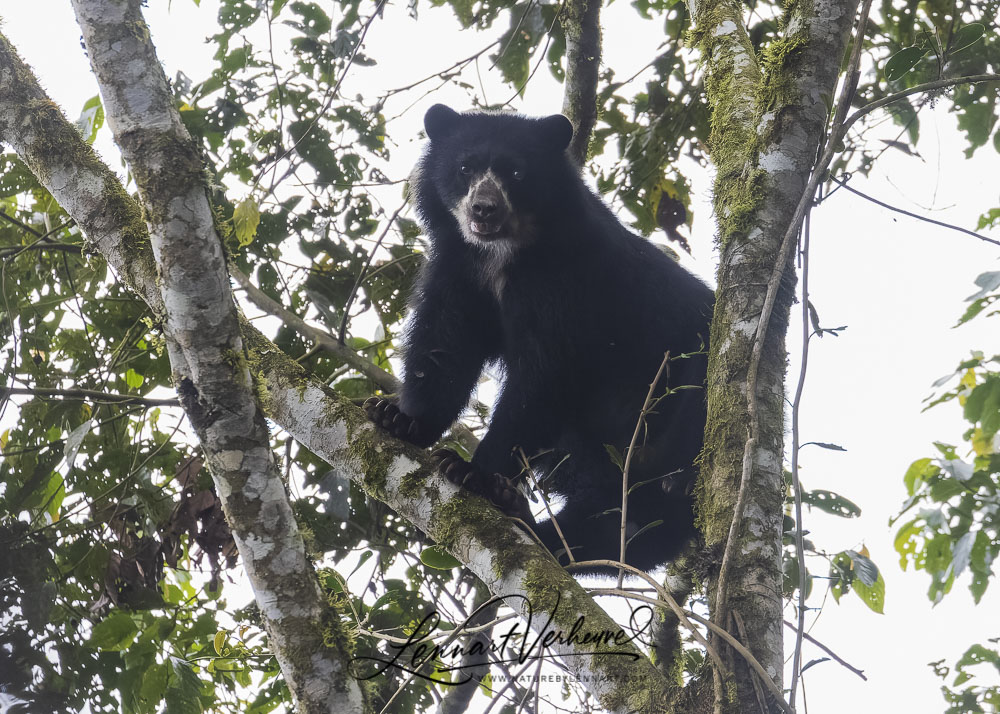
Twitching is a verb known in the birder community which means going out to see a specific rare bird that someone else has found. For a while Covid made twitching pretty much my only way to see a new bird species. Since 2019 I had not left Europa thanks to the pandemic. Finally in October of 2021 I could set out again! Sadly I had to cancel a planned trip to Asia because the country I was supposed to go to remained closed due to covid. So a month before I was supposed to go, I decided to change my destination to Ecuador and Bolivia. Ecuador because it’s a good country to see Spectacled Bear and Bolivia to add three much desired cats to my list: Jaguar, Jaguarundi and Ocelot. First I went to Ecuador for two weeks.